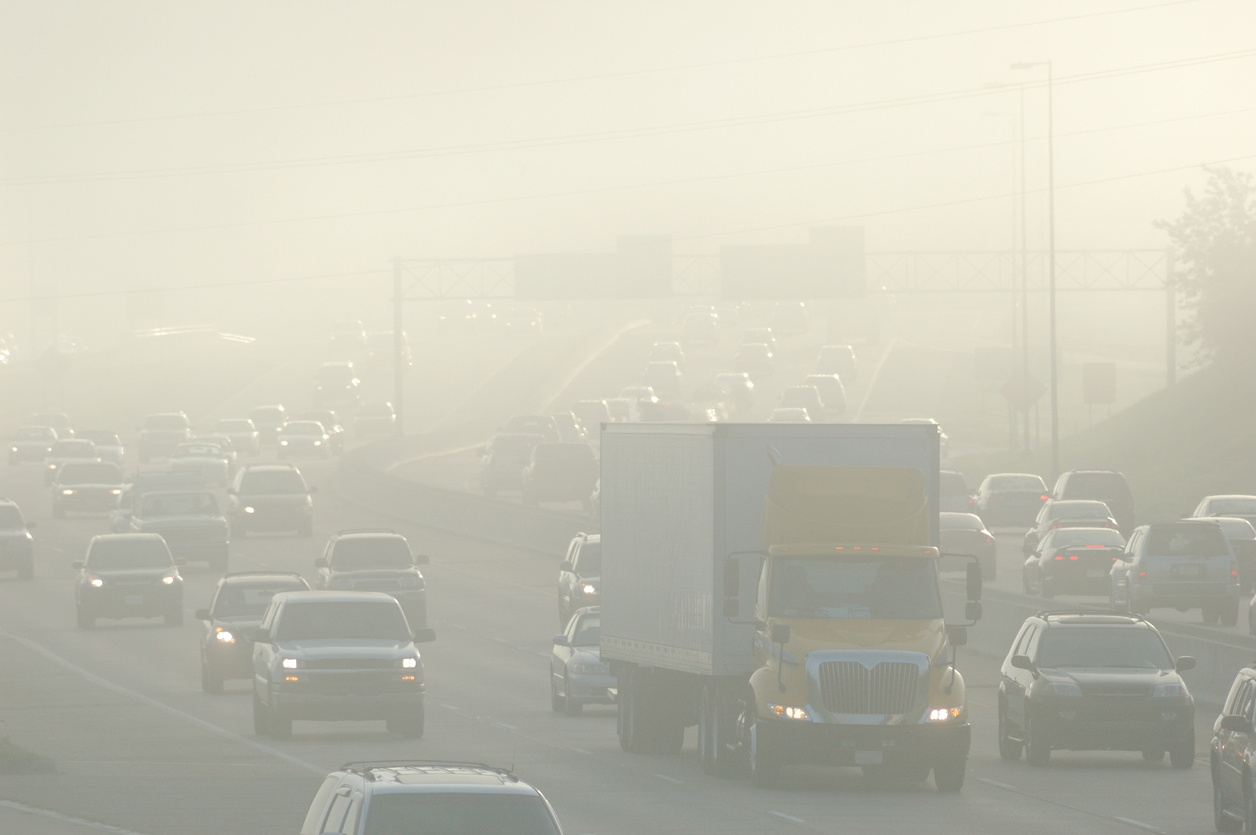Today, the Center for Biological Diversity took legal action by filing a lawsuit against the Environmental Protection Agency (EPA) due to prolonged delays in determining the approval or rejection of Pennsylvania’s antiquated plan to mitigate smog resulting from the methane gas industry, primarily associated with hydraulic fracturing, commonly known as fracking.
Pennsylvania’s strategy for addressing the smog caused by fracking relies on technology and guidance from as far back as 1983. However, substantial advancements have been made over the years in capturing and limiting emissions that contribute to hazardous smog pollution. Unfortunately, the EPA has failed to consistently require the integration of these modern technologies into smog-reduction plans, leading to a lack of adoption by fossil fuel industries.
Robert Ukeiley, a senior attorney at the Center, expressed concern over the absence of a comprehensive plan to control the harmful emissions emanating from Pennsylvania’s polluted fracking industry, even after fifteen years since the EPA established more stringent limits on smog pollution. Ukeiley emphasized the need for the EPA to compel polluters to employ state-of-the-art technology, ensuring the reduction of ongoing harm to both families and wildlife.
Ozone pollution, commonly referred to as smog, poses significant risks to human health, causing issues such as asthma attacks and premature death, while also inflicting damage upon ecosystems. Pennsylvania’s ozone pollution contributes to similar pollution levels in neighboring states. According to data from the EPA, for every year that ozone pollution continues to exceed national standards, up to 390,000 more asthma attacks are anticipated to occur in children.
The oil and methane gas industry stands as the largest industrial source of emissions of volatile organic compounds, which are known to cause cancer and contribute to the formation of smog.
Exposure to smog can lead to various health complications, including increased asthma attacks, heightened vulnerability to infections, inflammation and damage to airways, breathing difficulties, and exacerbation of lung diseases like asthma, bronchitis, and emphysema, as highlighted by the EPA. These detrimental effects are found in healthy individuals but are particularly severe among vulnerable populations and those with pre-existing health conditions.
Smog pollution also translates into heightened visits to emergency rooms, increased school and work absenteeism, amplified medication usage, and even fatalities. The EPA’s research indicates that areas with elevated ozone concentrations and long-term exposure to ozone not only aggravate existing asthma but can also trigger its development.
Moreover, ozone pollution adversely affects the natural environment, with the EPA uncovering detrimental impacts on plant life and entire ecosystems. These effects include diminished species diversity and habitat quality.
For additional information regarding the ongoing efforts to combat air pollution, please visit the “Protecting Air Quality Under the Clean Air Act” initiative.
The Center for Biological Diversity is represented in this lawsuit by Alexa Carreno and Jeremy Mckay of Environmental and Animal Defense, along with Jennifer E. Clark Esq., Staff Attorney of Fair Shake Environmental Legal Services.


